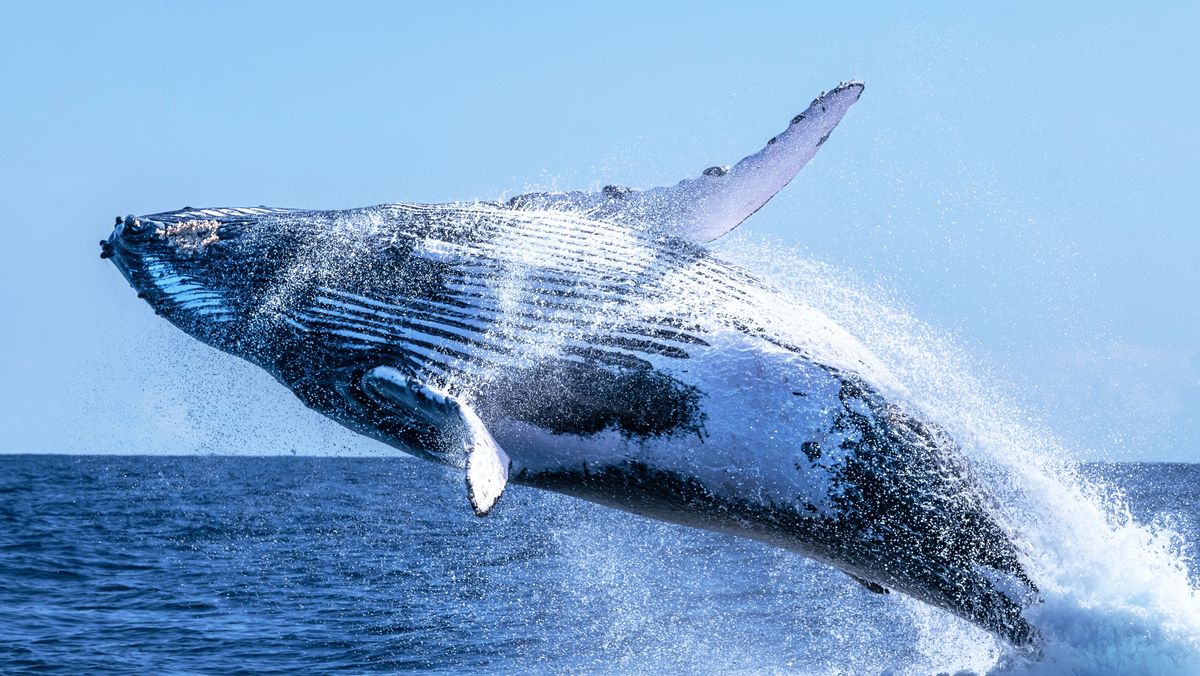The moss known as Takakia is the fastest-known evolving moss in the world. Researchers’ decade-long study of Takakia in the Himalayas shows that this moss is adapted to high altitudes with low temperatures. Unfortunately, even this moss can’t change itself and its restrictions fast enough. It isn’t prepared for rapidly rising temperatures due to climate change.
Takakia branched off from other types of moss around 390 million years ago. It is different from other plants, having feathered-like leaves and being able to control the flow of oxygen and carbon dioxide in its vines. Another ability of Takakia is being able to withstand and be comfortable in its high-altitude home, unlike other species of plants. Recent findings have shown it can withstand solar radiation too.
Since the Takakia is comfortable with low temperatures, it will not respond well to climate change since Earth is getting warmer every year. Research has predicted that, by the end of the 21st century, conditions for the Takakia will be limited to 1,000 and 1,500 square kilometers around the world. Around that time we can expect that the world’s oldest moss will probably die off. To help the moss survive, the company Reski is helping the Takakia population by transporting them to other regions of Tibet in hopes of giving this old moss new life and a possibility of them not going extinct.









































